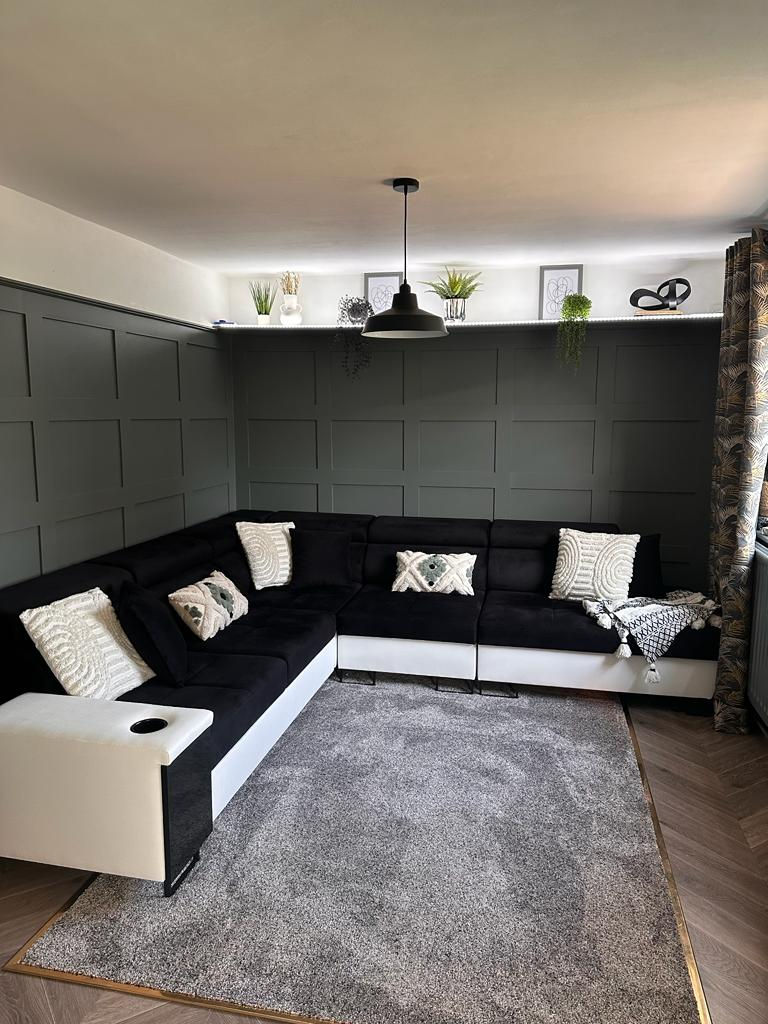Developing Your Interior Design Skills: A Guide for Beginners
- Jaye Interior Design

- Jul 16, 2024
- 3 min read
Interior design is an exciting and rewarding field that combines creativity with practicality to create beautiful, functional spaces. As a beginner, you might feel overwhelmed by the vast amount of knowledge and skills required to excel in this profession. However, with the right approach and dedication, you can steadily build your expertise and carve out a successful career in interior design. Here's a comprehensive guide to help you on your journey.

1. Understanding the Basics
Before diving into the complexities of interior design, it's crucial to grasp the fundamentals. Here are a few essential concepts to start with:
Elements and Principles of Design
Elements of Design: These include line, shape, form, color, texture, and space. Each element plays a vital role in the composition of a room.
Principles of Design: These are the guidelines that govern how the elements are used. They include balance, contrast, emphasis, rhythm, and harmony.
Color Theory
Understanding color theory is essential for any interior designer. Learn about the color wheel, complementary colors, and how different colors evoke different emotions and moods.
Space Planning
Effective space planning ensures that a room is both functional and aesthetically pleasing. Study the basics of layout, traffic flow, and how to maximize the use of available space.
2. Formal Education and Courses
While some people have a natural talent for design, formal education can provide a structured learning environment and comprehensive knowledge. Consider the following options:
Degree Programs
Enrolling in a degree program in interior design can provide you with a solid foundation in the field. Look for accredited programs that offer a balance of theoretical knowledge and practical experience.
Online Courses
If a full-time degree isn't feasible, online courses are a flexible alternative. Platforms like Coursera, Udemy, and LinkedIn Learning offer a variety of courses that cater to different skill levels.
Workshops
Attend workshops to learn from experienced professionals and gain hands-on experience. These events often cover specific topics, such as sustainable design, lighting, or textile selection.
3. Developing Practical Skills
Hands-on experience is invaluable in interior design. Here are a few ways to develop your practical skills:
Internships & Apprenticeships
Internships & apprenticeships provide real-world experience and allow you to learn from seasoned designers. They also help you build a portfolio and establish industry connections.
Practice Projects
Start with small projects, such as redesigning a room in your home or helping friends and family with their spaces. Document your work and learn from each project.
Software Proficiency
Familiarize yourself with design software such as AutoCAD, SketchUp, and Adobe Creative Suite. These tools are essential for creating detailed plans, 3D models, and presentations.
4. Building a Portfolio
A strong portfolio is crucial for showcasing your skills and attracting clients or employers. Include a variety of projects that demonstrate your versatility and creativity. Make sure to highlight before-and-after photos, mood boards, and sketches.
Online Presence
Create a professional website or online portfolio to showcase your work. Use social media platforms like Instagram and Pinterest to share your designs and connect with other designers.
5. Staying Inspired and Informed
The interior design industry is constantly evolving, and staying up-to-date with trends and innovations is essential. Here’s how to keep your inspiration flowing:
Follow Design Blogs and Magazines
Subscribe to design blogs and magazines to stay informed about the latest trends, products, and techniques. Some popular ones include Architectural Digest, Elle Decor, and Design Milk.
Network with Other Designers
Join professional organizations, such as the American Society of Interior Designers (ASID) or the International Interior Design Association (IIDA). Attend industry events and network with other designers to exchange ideas and gain insights.
Visit Showrooms and Trade Shows
Visit showrooms and trade shows to see the latest products and materials in person. These events provide an opportunity to meet suppliers, learn about new technologies, and gather inspiration for your projects.
6. Embrace Continuous Learning
Interior design is a lifelong learning journey. Stay curious and open to new ideas, and always seek opportunities to expand your knowledge and skills. Whether through formal education, self-study, or practical experience, each step you take will bring you closer to becoming a proficient and confident interior designer.
By following this guide, you'll be well on your way to developing your interior design skills and turning your passion into a fulfilling career. Remember, every great designer started as a beginner, and with dedication and perseverance, you too can achieve your dreams in the world of interior design.
Best of Luck!
Jaye Interior Design





Comments